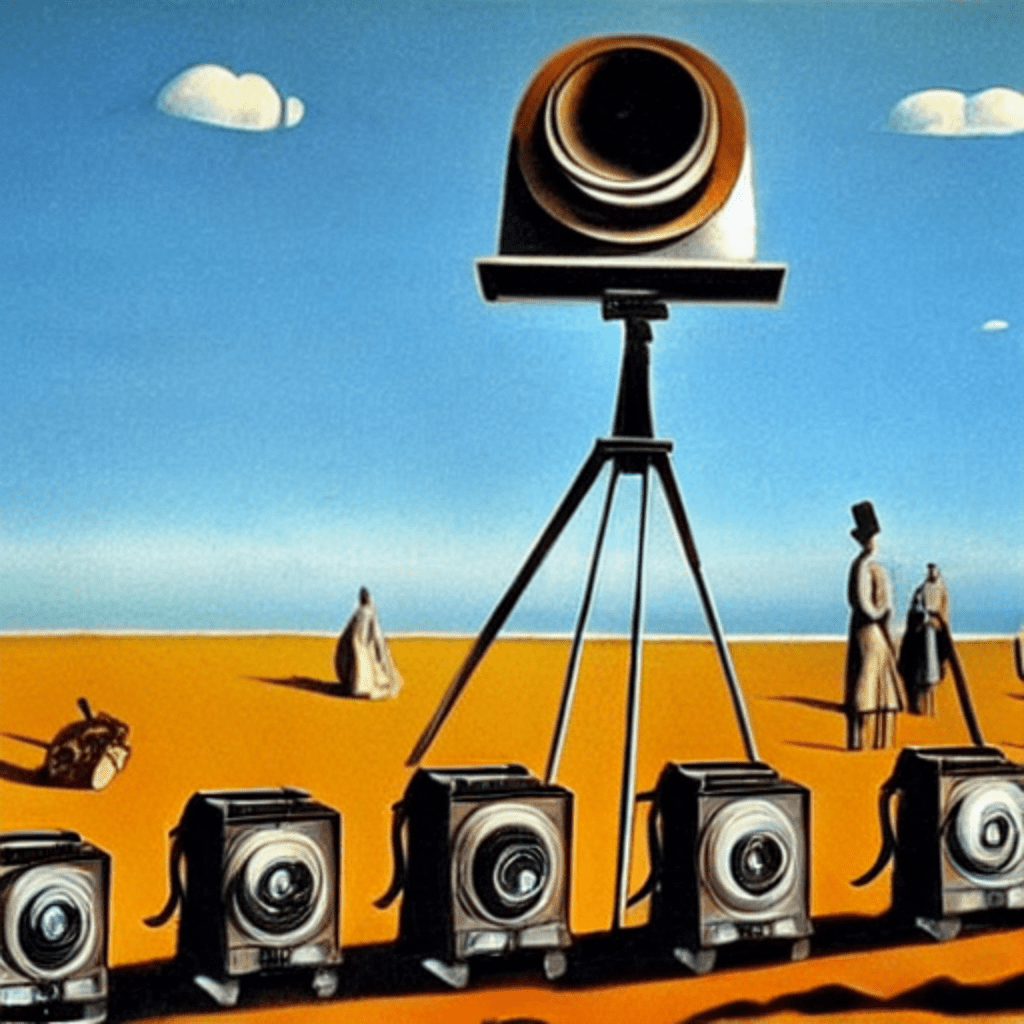The history of Hollywood can be traced back to the early 1900s, when the first motion picture studios were established. Over the next several decades, Hollywood became the leading producer of films in the world.
However, Hollywood faced criticism during the 1950s and 1960s for censorship, and the number of foreign films released in US increased dramatically.
Hollywood’s reputation took a further hit in the late 20th century as the industry became progressively formulaic with big-budget blockbusters and franchises trading creative storytelling for commercial success.
Most recently, the advent of streaming services, with their relentless churn of content, as well as the self-imposed requirement to incorporate social justice considerations, have pushed the industry to the brink of becoming a mill of prosaic drivel and thinly veiled lectures.
The formulaic nature of Hollywood stories
By incorporating familiar narrative structures, well-known actors and actresses, and popular themes and genres, Hollywood has long relied on tried-and-true formulas for success to appeal to a wide audience.
While this approach allows studios to minimize financial risks, it stifles originality primarily at the expense of new and diverse voices.
To be fair, this is not unique to the movie industry. Something similar occurs in publishing where the search for the exact same as the last big thing, (but different enough not to be viewed as outright plagiarism), is perpetual.
In cinema, however, plagiarism does not have the same negative connotations as that of the literary world if the work is labeled a remake and any heavy sampling is framed as a homage.
The focus on blockbuster franchises and tentpole movies
The pressure to produce high profit blockbuster movies compounds the issue as studios, in a quest to guarantee huge return, tend to replicate the elements of movies, or even entire movies, that have a proven track record of significant financial payoff.
The influence of streaming platforms and the shift towards bingeable content
With pressure to produce ever increasing amounts of content, creators frequently sacrifice depth and complexity in favor of easily digestible narratives. Many shows lack the complexity and nuance that distinguish excellent storytelling.
With Netflix in particular, there has been more than one occasion where an interesting premise was wasted, or at least not fully realized, because the script needed a few more redrafts. I first came to this conclusion after watching the urban fantasy, “Bright”. The movie did not achieve its potential because of a rush to production. The plot has been criticized for being overly simplistic and for failing to effectively explore the themes it introduces.
Additionally, binge-watching fosters a “more is more” attitude that results in bloated series with filler episodes and side stories that serve only to pad watch time and ultimately detract from the central plot.
Social Justice influence in Hollywood stories
Movie making, historically, has been the business of entertainment. It has been a balancing act of commerce and art. Simply, the least amount of creativity for the most amount of gain. Having the bar set at “good enough” is not preferable but, within the framework of capitalism, is understandable.
Has social justice become part of that balance? Concern for audience sensibilities is nothing new. The advent of rating systems is an outcome. However, as of late, artistic merit seems to have been superseded by social justice considerations.
An argument can be made that the industry focus on representation and inclusion has come at the expense of other important aspects of storytelling, like character development and engaging arcs. Not to pick on Netflix, but “The Witcher” is a recent example where a studio has taken an IP with a pre-built audience that has pre-built expectations and has moved progressively away from those expectations since inception.
If any lessons are to be gleaned from the implosion of the comic book industry, it is that the current audience will not follow deep into unrecognizable territory and that there is no replacement audience to be found when you get to your destination.
Conclusion
As much as studio concern for the almighty dollar has been to the detriment of creativity in the past, it may now be its saviour. In an industry that is not an essential service, rule number one is to give the people what they want. The “pretend” business is such an industry.
Disney, Netflix and now Amazon have had to contend with disappointing returns that are the consequence of delivering subpar products. If this happens with enough frequency, share price is negatively affected. Driven by shareholder pressure, executives who endorse killing the golden goose are ultimately removed. The tumult of Kathleen Kennedy’s rise and fall comes to mind.
Of course, not all movies fall prey to the hazards of modern production. With “Avatar 2”, James Cameron was able to take his time to fully realize his vision. Epic and beautiful, themes of environmental concern, particularly for the oceans, blend and elevate the story.
If this level of production proves to be anomalous, then Hollywood will lose relevance in a similar manner to that of legacy news outlets. The public, the upcoming generation, will move on.
Perhaps the greatest lesson of the comic book industry’s self-immolation, is that if those running the show prove unteachable, the business model will change to their exclusion.
The barriers to entry for movie making are coming down quickly. Equipment costs are not nearly as prohibitive as they used to be. For example, drones have replaced expensive crane shots and the powerful CGI tool, Unreal Engine, is available to all at no cost.
Hollywood may fade in relevance, but the art of storytelling will remain.

